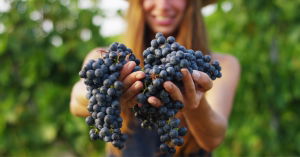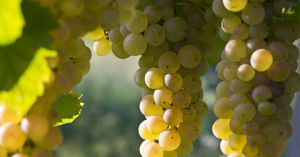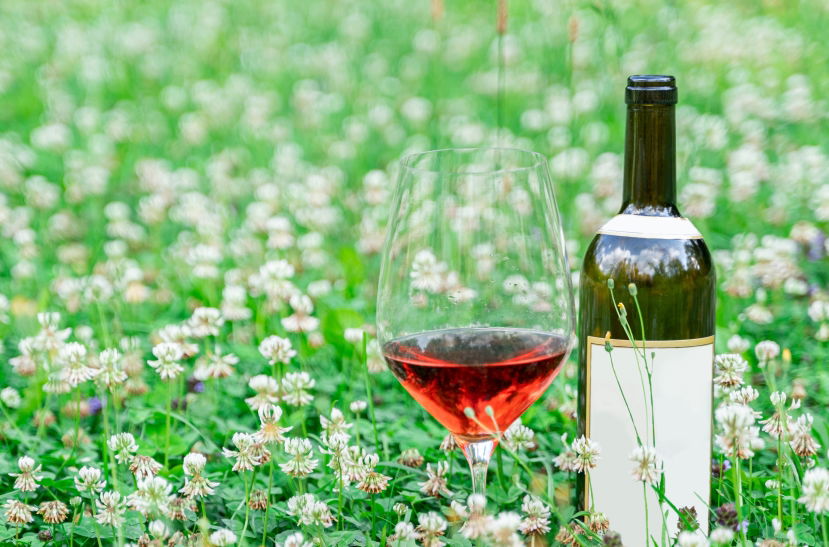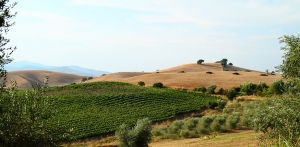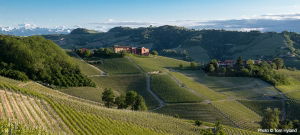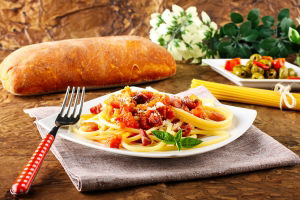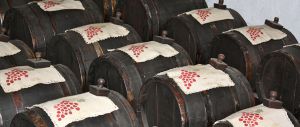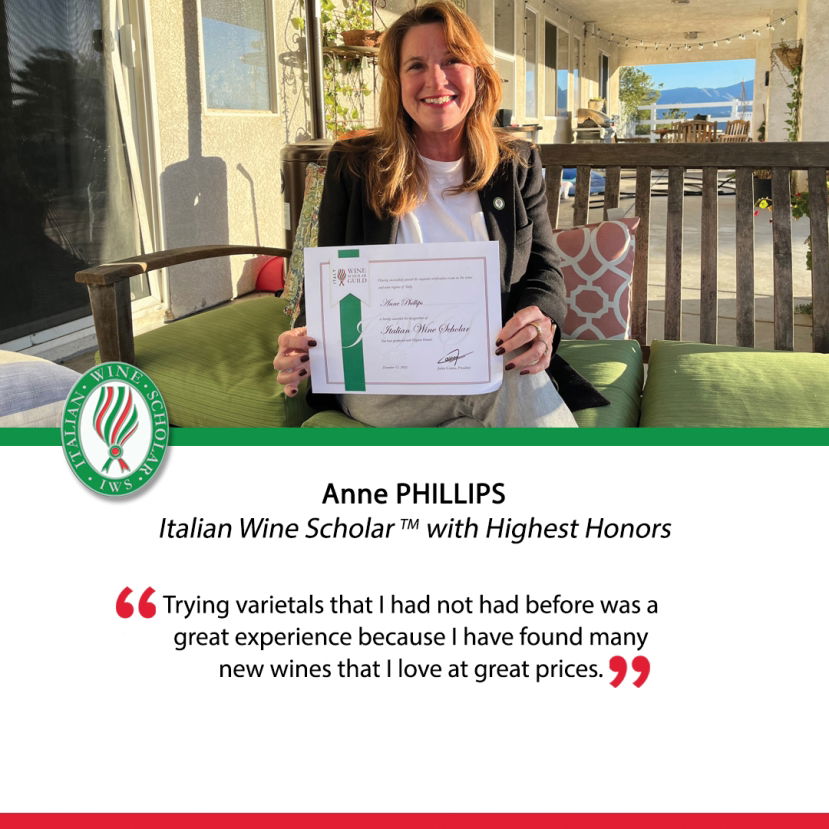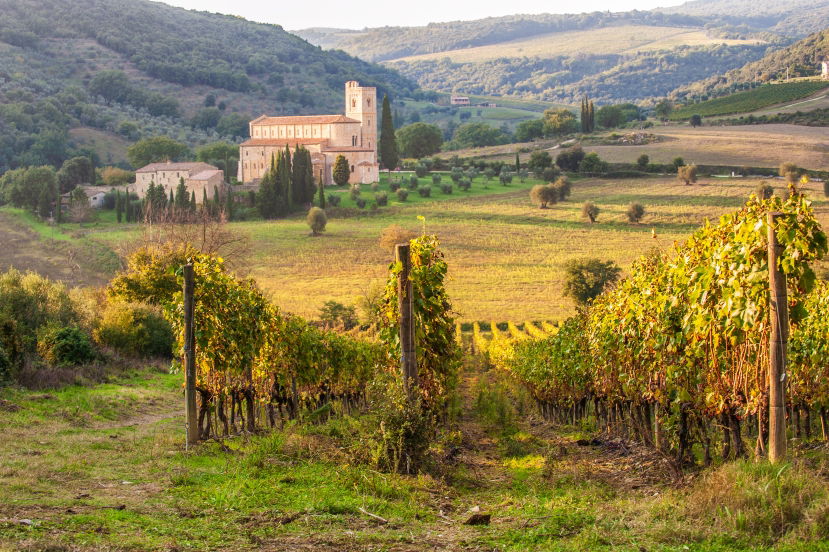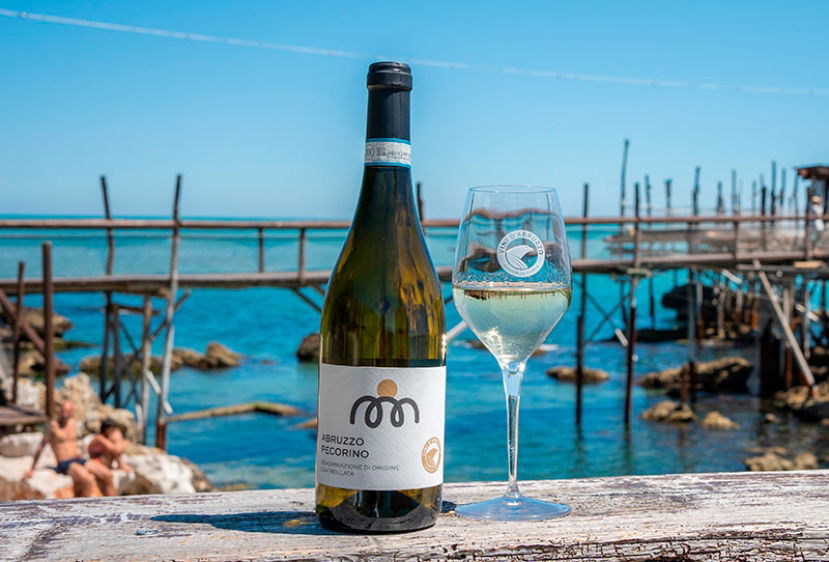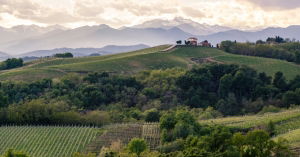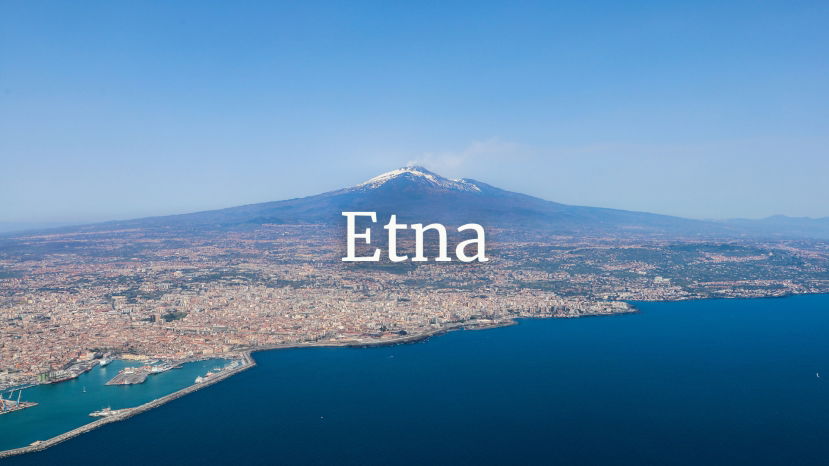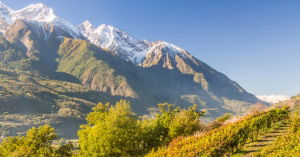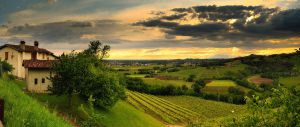BLOG
Italian wine education
This article has been published in partnership with World of Fine Wine and Wine Scholar Guild.
A topsy-turvy 2019 Barolo growing season set many challenges for growers who produced wines that are classical in structure, with firm tannins and high acidity but less of the density and richness of recent warmer years, says Andrew Jefford, who was joined by Bruno Besa and Michael Palij MW.
The Italian wine world is full of wine-related terminology that many consumers struggle to understand. Learning the meaning of a few key terms can increase your confidence level and help you make informed decisions when selecting your next glass, or bottle, of vino. We have compiled a list of 25 common terms and phrases that we know will help you navigate the delicious world of vino Italiano!
Italy’s wealth of grape varieties presents wine connoisseurs with many tantalizing prospects, particularly on the red wine spectrum. While Sangiovese and Nebbiolo still reign supreme, numerous grape varieties have re-emerged from hiding in recent years to spellbind wine lovers around the world. In Italy, the story of how some of these grapes transitioned from obscurity to fashionably cool can be just as compelling as the wines themselves. In many cases, the wines from these grapes are shining in a way they never have before, thanks to more informed decisions in the vineyard and winery.
Here are five up-and-coming Italian red grapes to pay attention to. While all of these grapes have been around for centuries, their resurgence has meant a quality revolution and increased interest from the international marketplace.
While Italian red wines still garner much of the attention, there are, without doubt, many outstanding white wines that deserve consideration. While white wines like Soave, Verdicchio dei Castelli di Jesi or Fiano di Avellino, are already well-known, there are also lesser-known — but rightfully trending — Italian white grape varieties that today produce exciting wines worth seeking out.
Wine is fermented grape juice…in theory. However, in practice, modern wine may be made by using a wide array of compounds aimed at facilitating the winemaking process, enhancing the product’s organoleptic qualities, or simply fixing problems before or after they arise.
Any wine student or lover of Italian wines can name the country’s most famous red wines, such as Barolo, Brunello di Montalcino or Amarone della Valpolicella. But given the variety of Italian wines and grape types, it stands to reason that there are many more examples produced throughout the country. This article is the first in a series about a few of the lesser known red wines of Italy; we begin with Piemonte.
While there are three famous red varieties in Piemonte – Nebbiolo, Barbera and Dolcetto – there are several others that produce very expressive wines.
Mention the red wines of Tuscany and immediately examples such as Brunello di Montalcino, Chianti Classico and Vino Nobile di Montepulciano come to mind. Produced primarily or exclusively from the Sangiovese grape variety, these celebrated red wines truly define this region’s viticultural excellence. Over the last three decades, the distinctive red wines of Bolgheri, crafted from Bordeaux grape varieties from vineyards along Tuscany’s coast, have also become icons of Tuscan wine.
Yet there are other sublime red wines from this region that are notable yet lack the renown of the wines mentioned above. Carmignano, Morellino di Scansano and Montecucco are three other important red wines of Tuscany that reflect a sense of place and represent not only special quality, but impressive value as well.
Thanks to a string of successful vintages, there has been a great deal of recent publicity regarding Barolo and Barbaresco wines.
Produced entirely from Nebbiolo, these two iconic wines have changed in style over the past 20-30 years; where once, the wines were reserved upon release, today, the wines are riper and more forward. This is largely due to climate change, as warmer temperatures throughout the growing season have necessitated Nebbiolo harvests some two to three weeks earlier these days than in the 1980s, ‘70s and prior; while late October to early November was normal for a Nebbiolo harvest thirty and forty years ago, today, harvest is more typically in early-mid October.
Recently, Barbara Philip MW hosted a virtual food and wine tour webinar for the Wine Scholar Guild. The cuisine of central Italy is as fascinating as it is delicious. This is where tomatoes and olive oil begin to replace the butter and cream of the north. Heavy, stuffed pastas give way to long pastas and are joined by more vegetables. The food of central Italy reflects the agricultural treasures provided by the warmer climate. Local grape varieties also enjoy their time in the sun, ripening to juicy perfection, creating wines that really reflect their surroundings.
Summary
In this webinar we will explore the denomination of Garda DOC, the role of Lake Garda and its impact on the wines. The webinar will touch on the soils, climate, and history of this beautiful landscape. Students will come away with a better understanding of this Northern Italian denomination which encompasses 10 denominations from Valtènesi to Valpolicella, from the banks of the Mincio River to Verona, a vast area of 31,100 hectares in the provinces of Mantua, Brescia, and
One of the most traditional and prestigious products of Emilia is Aceto Balsamico Tradizionale (traditional balsamic vinegar). This precious and expensive vinegar is made only in Reggio-Emilia and Modena. The latter is usually considered to craft the most prestigious vinegars of the two. Aceto Balsamico Tradizionale is made through a very long, laborious and patient process that is food preparation turned into art form.
Andrea E. Eby comes to the Wine Scholar Guild from a background in wine and education. Andrea is excited to join the WSG team to oversee all aspects of WSG's Italian Wine programs.
Andrea earned the Diploma in Wine and Spirits (with Distinction) from the Wine &
Congratulations to Anne Phillips, IWS, for passing the Italian Wine Scholarexam with highest honors!
About Anne:
I have been a wine enthusiast for many (many) years. I decided to start taking classes about 5 years ago. I took some local classes
How to Watch
You can watch this live webinar in our community platform here
Summary
Barolo and Barbaresco are hotter than ever—but how are these wines evolving past their traditional regional stereotypes? In this webinar, wine writer and Piemonte specialist Joshua Dunning dives into the real story behind Piedmont’s modern rise. Forget the usual tale of
When the Consorzio Brunello di Montalcino was established in 1967, one year after the wine received DOC status (it became one of the initial DOCG wines in 1980), there were only twenty-five members. Today, there are more than two hundred Brunello producers; given the reputation of this wine for its ability to age for twenty-plus years in the finest vintages, this is hardly surprising.
WSG is thrilled to collaborate with The San Francisco Wine School, a WSG Approved Program Provider, for a FREE 2-part educational series dedicated to the discovery of the wines of Abruzzo, Italy. These two online events will be hosted by Master Sommelier David Glancy, Andrea Eby, Italian Programs Director at Wine Scholar Guild, and a special guest from the region.
We invite you to come explore the unique history, terroir and to taste Abruzzo's most renowned signature white, rosé,
The best-known wines of Piemonte, such as Barolo, Barbaresco, Roero Arneis and Moscato d’Asti are produced from grapes grown in the southern sector of the region; this includes the province of Cuneo and Asti, in districts such as the Langhe and Roero. But farther north, Alto Piemonte is a territory that is home to some of the region’s most complex, yet least understood wines. Gattinara, Boca and Ghemme are a few of these selections, and these days, greater attention is being paid to these wines and this relatively unknown viticultural outpost.
Summary:
Once a resident of Sicilia, Ciro Pirone is well acquainted with the incredible Mongebello (Mount Etna) and its fascinating wines. Ciro takes viewers on a journey to discover more about the history and the bright, vinous future of this magical mountain.
Etna is a mountain but also a volcano, located in the heart of the Mediterranean sea, on the island known as Sicily that for thousands of years was the crossroad of civilizations,
Whether it is in the bilingual wine labels of Alto Adige, or the occasional Slavic grape name in Friuli Venezia Giulia, Italian wine often reveals the duality of culture present in some of the country’s border regions. Tucked into Italy’s northwestern corner, Valle d’Aosta certainly demonstrates this, as its language, cuisine and wine seem to have one foot in Italy and another in France.
With a treasure trove of native white varieties, Friuli Venezia Giulia makes some of Italy’s most exciting white wines.Friuli Venezia Giulia is considered the birthplace of modern Italian white winemaking. In the late 1960s, a small group of inspired producers began crafting clean, fresh and fruity white wines—a monumental shift from the tired, oxidized versions that had been largely produced prior.



